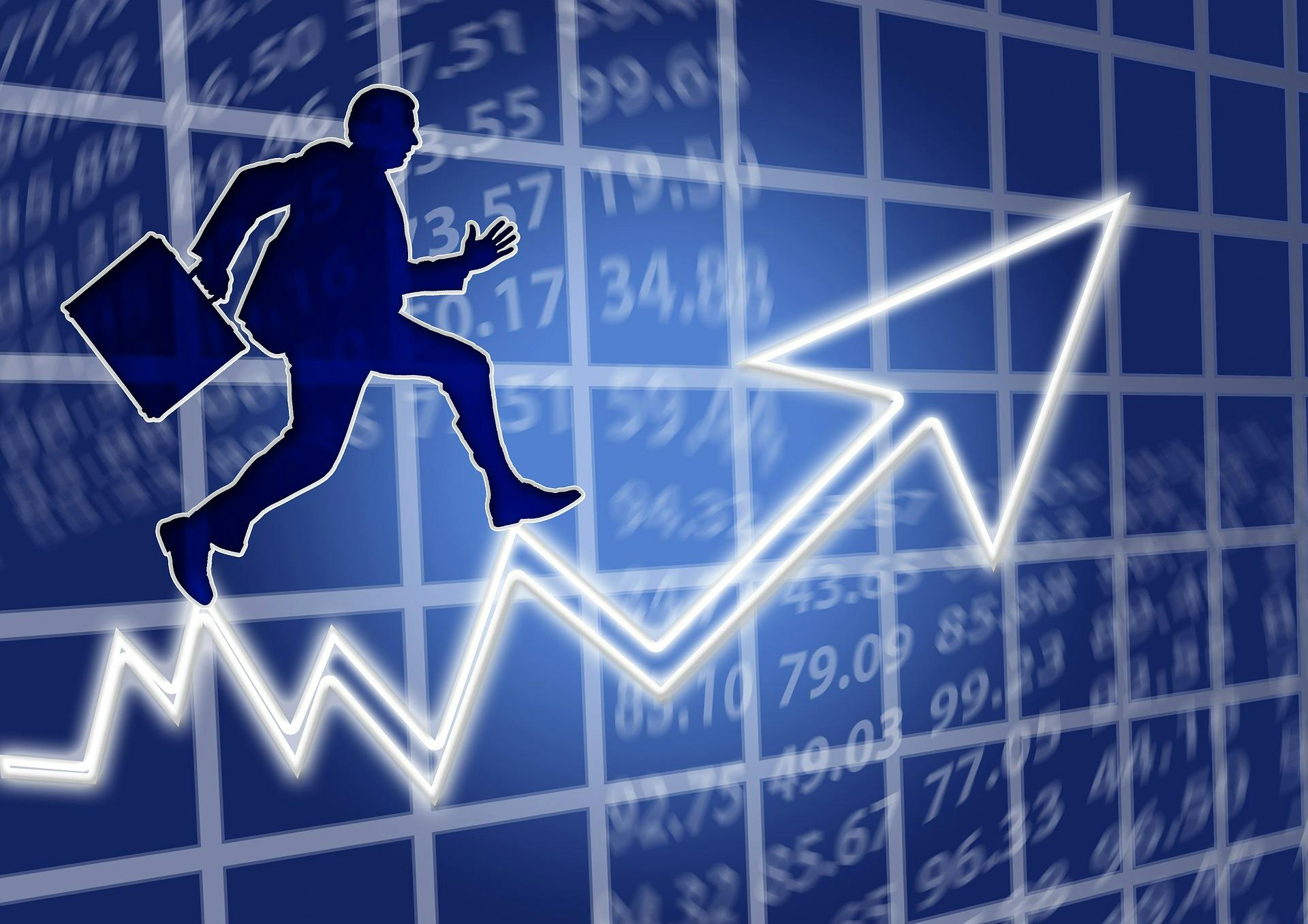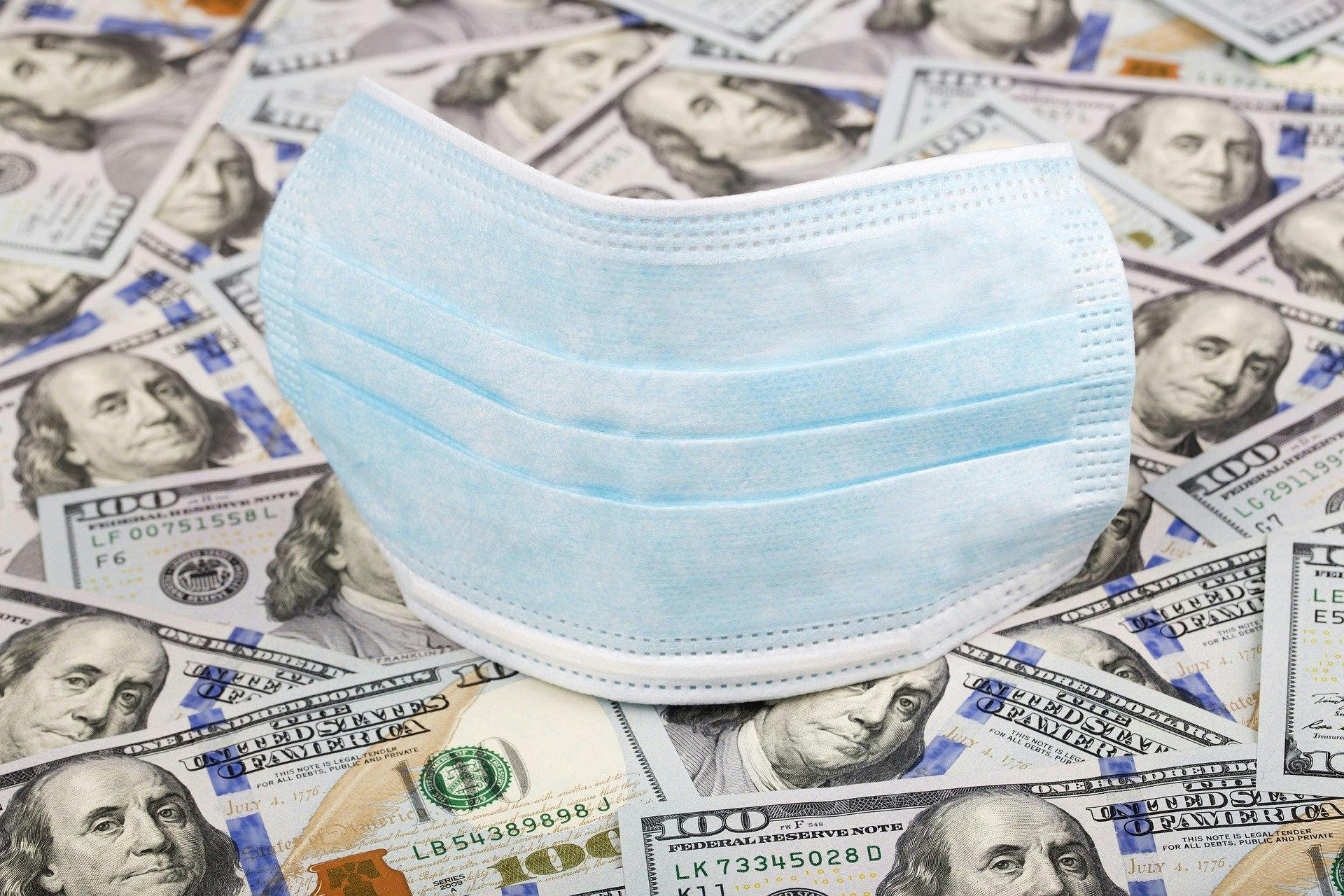Post-Crisis Economic Optimism
June 16, 2020

Recently, the S&P 500 index reached a historic milestone by completing the greatest 50-day rally since 1957. Looking at other large 50-day rallies, stocks have historically been higher six and 12 months later. The index also crossed above its 200-day moving average a few weeks ago, which many investors consider a positive sign. Stock market momentum certainly seems to be pointing to higher levels ahead.
Is an Economic Rebound Imminent?
While economists predicted 8 million job losses for the month, the May jobs report was a surprise to the upside. Instead of job losses, there were 2.5 million jobs added and unemployment fell from 14.7% to 13.3% according to the Bureau of Labor Statistics. States and businesses are beginning to reopen as the rate of coronavirus deaths has been on the decline.
Many experts suggest that we are in a V-shaped recovery, and the economy will quickly rebound back to pre-crisis levels. This view, along with unprecedented government stimulus, has brought the stock market roaring back. But does all this good news mean an economic crisis has been averted?
We all learned in Econ 101 that the economy is based on supply and demand. The government shutdown of the US economy forced a massive reduction in both supply and demand. When states and businesses open, supply will come back into the economy. Many experts believe there will be a surge in demand and economic activity will quickly go back to pre-shutdown levels.
Market Optimism vs. Economic Reality

While most large corporations can weather this storm, many small businesses will not. According to JP Morgan Chase, roughly half of all US employees work for small businesses. These businesses don’t have the capital to go months without revenue and many will close permanently as a result of the shutdown. Even if they can open, not all businesses will be operating at full capacity due to mandated COVID-19 guidelines for social distancing and other protective measures. Older consumers and those with health risks will continue to stay home after states reopen. This will cause demand to come back more slowly.
The US economy is very complex, with millions of interconnections – businesses and suppliers, workers and employees, consumers and retailers, borrowers and lenders, etc. The shutdown caused massive disruption to these interconnections, which the stock market seems to be ignoring. However, if you look closely, there are signs that it may take many months, if not years for demand to come back.
Let’s take the May jobs report, for example. While the economy added 2.5 million jobs in May, we still have 21.5 million people unemployed. That’s 13.3% of the workforce unemployed — worse than the 2008 Great Recession. The pre-shutdown unemployment rate was less than 4%, a number not seen since the 1960s. It will take years for the current 21.5 million unemployed to be absorbed into the workforce, and some of those jobs may never come back.
The Economic Impact on the Average Person
During a normal recession, only certain sectors of the economy are hurt. This crisis was very sudden and affected almost all industries. New jobs are difficult to find as companies cut expenses to stay in business. Purchase orders for new equipment or building improvements are canceled because revenue is down. Consumers reduce spending to conserve cash. Landlords lose rental income as businesses allow more employees to work remotely. State and local governments take in fewer taxes. All these changes flow through the economy like dominos.
Most of the employment gains in May came from industries directly affected by the shutdown – hotels, airlines, restaurants, construction, etc. However, there have been many layoffs announced at companies outside of these industries, suggesting the forced shutdown is having a ripple effect. Chevron, Boeing, IBM, Uber, and Tesla are just a few of the large companies that have announced layoffs recently.
Starbucks just announced the permanent closing of 400 stores in the US and Canada. With people either unemployed or working from home, sales are expected to be down by 43%, or $3.2 billion, in the third quarter of 2020. Starbucks does not consider this to be a temporary issue, as people have been forced to change their behavior during the shutdown. To meet changing consumer preferences, the company plans to roll out a new “pick-up” store concept with smaller locations.
Where is the Economy Heading?

While the federal government has implemented unprecedented stimulus measures, it can’t create demand. Despite stimulus programs like the Payroll Protection Program (PPP), small businesses can’t keep employees on their payrolls if there is no economic demand. Enhanced unemployment benefits are due to expire in July. Without the extra benefits, households will have to curb spending, causing further destruction to the economy.
The Federal Reserve has more than doubled its balance sheet in the last few months to over $7 trillion. It has announced numerous programs to keep the economy going. Congress has also done its share of spending with about $6 trillion so far. Many economists and politicians are calling for even more government spending.
Where does this all end? Will the economy recover quickly or will ripples from the shutdown cause a more sluggish recovery? There could be another wave of unemployment claims when PPP funds run out. We could see more businesses file bankruptcy, more company layoffs, and more government bailouts and stimulus measures. We could see COVID-19 cases rise as states begin to open, or a second forced shutdown later this year if there is a surge in people being infected.
Conclusion
It will take time to repair the economic destruction caused by this crisis. How long it takes is impossible to know. Stock prices seem to be ignoring the many signs that demand may not come surging back. With so much uncertainty, it is prudent to be prepared for a long and bumpy ride as the economy recovers.
Trinity Wealth Management
If the COVID-19 crisis has you concerned about your financial future, please contact the Trinity Wealth Management team today. Our fiduciary financial advisors can review your financial plan and give you a second opinion about how to best reach your goals.
The commentary on this website reflects the personal opinions, viewpoints and analyses of the Trinity Wealth Management, LLC employees providing such comments, and should not be regarded as a description of advisory services provided by Trinity Wealth Management, LLC or performance returns of any Trinity Wealth Management, LLC Investments client. The views reflected in the commentary are subject to change at any time without notice. Nothing on this website constitutes investment advice, performance data, or any recommendation that any particular security, portfolio of securities, transaction, or investment strategy is suitable for any specific person. Any mention of a particular security and related performance data is not a recommendation to buy or sell that security. Trinity Wealth Management, LLC manages its clients’ accounts using a variety of investment techniques and strategies, which are not necessarily discussed in the commentary. Investments in securities involve the risk of loss. Past performance is no guarantee of future results.
